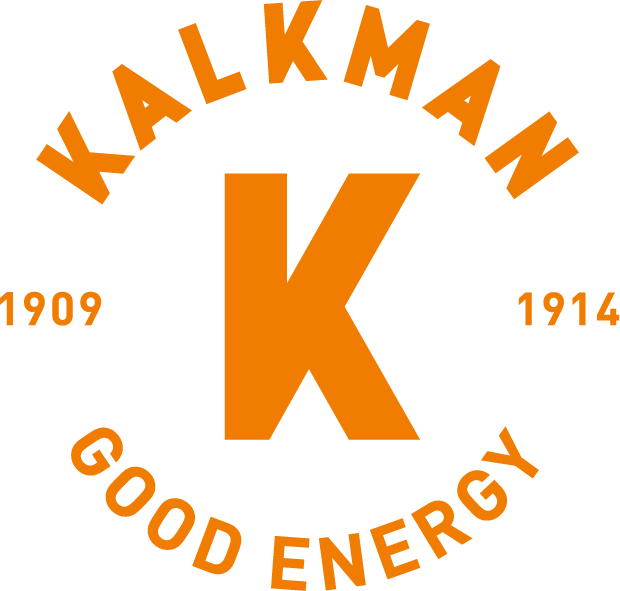
When to eat?
So you have decided that you are going to eat some food to help you feel your best on a ride. You’ve used our matrix to help decide how much to eat and thought about the types of food that you're going to enjoy. Now you are ready to plan when you’re going to eat.
The basic idea of eating during a ride is to provide extra carbohydrate for your body to use and prevent a slowdown or even full on “bonk” as your glycogen levels get low. Unfortunately your body can only process foods at a certain speed so you need to pay attention to the timing of when you eat or face the consequences of an upset stomach, bloating or unstable energy levels.
Eating too much high carbohydrate food will risk it sitting in your stomach as your body struggles to cope with it and this can lead to discomfort and even “disaster pants”. Research surveys typically find that 30% to 50% of endurance athletes report this sort of problem. This effect is reduced by taking care when timing what you eat as well as how much you eat and carefully choosing what you eat.
We have previously discussed one of the experiments that showed how eating small amounts regularly during exercise provides a more stable blood glucose level. While it is debated how much instability in your blood glucose level can be tolerated without affecting your performance it seems sensible to avoid these fluctuations. Ideally these small portions appear to be 10g to 15g at a time.
Surprising for most riders is just how little a portion of 10g to 15g means in practice, most sport food products are sold in portions that are too large to be eaten in one go without risking a blood sugar spike and subsequent fall in blood glucose and dip in energy. Here is the carbohydrate content of some of the most popular sport nutrition products:
|
Product |
Grams Carbohydrate |
|
SIS Beta Fuel Gel |
40g |
|
High5 Energy Bar |
36g |
|
Isostar High Energy Bar |
29g |
|
Maxim Energy Gel Drink |
28g |
|
Maurten Gel 100 |
25g |
When was the last time you drank half a gel and tried to carefully put the rest back into your pocket for later?
So assuming that 10g to 15g is about the right amount that your body can deal with in one go this means that to hit a 30g per hour or 60g per hour target you will need to eat every 15 minutes to half an hour during your ride. This is probably more than you are used to so may take some practice. Some riders use their Garmin to provide reminders, a watch or phone notification can do the same while the traditional system involves sticking an eating schedule on paper onto your stem.
Starting your exercise with as much glycogen as possible stored in your liver and muscles is an obvious way to help ensure that you can perform your best. Typical advice is to eat plenty of complex carbohydrate in the meals before your exercise. Furthermore waiting too long before beginning to eat risks creating a deficit in available carbohydrate that you won’t be able to make up. Therefore you need to start as soon as possible during your exercise, that seems simple enough. More nuanced is when to eat immediately before you start. Experiments have long shown that eating large amounts of carbohydrate in the last hour before exercise increases the risk of low blood sugar as you start. To minimise this risk eat at least one and a half hours before the start and then begin again around ten minutes before the start, with your sports food. This food will then be digested after you have started and the rise in hormones like insulin will be reduced by you having begun to exercise.
If you need to speed up your recovery from exercise, for example when doing multi-day events or exercising twice in the same day, then eating carbohydrates after you finish is also important. Your muscles in particular will take up carbohydrates especially quickly 30 to 60 minutes after exercise. Advice is then typically to take on rapidly absorbed carbohydrates in the period after you finish, especially within the first hour.
To recap here’s a quick summary of how to time your eating:
- Eat plenty before you start but not in the final hour
- Begin eating before you get hungry
- Eat “little and often” during your ride
- Keep eating after you finish if you need to recover quickly.
With all this eating it makes sense to be sure that you are eating real food that you enjoy!
Sources
Chad M. Kerksick, C. M. et al 2017 International society of sports nutrition
position stand: nutrient timing Journal of the International Society of Sports Nutrition
de Oliveira, E. P.et al. 2014 Gastrointestinal complaints during exercise: prevalence, etiology, and nutritional recommendations. de Oliveira, E. P.et al. Sports Med
Price, T. B. et al 1994 Human muscle glycogen resynthesis after exercise: insulin-dependent and -independent phases Journal of Applied Physiology
Thomas DT, et al 2016 American College of Sports Medicine Joint Position Statement. Nutrition and Athletic Performance Medicine and Science in Sports and Exercise
